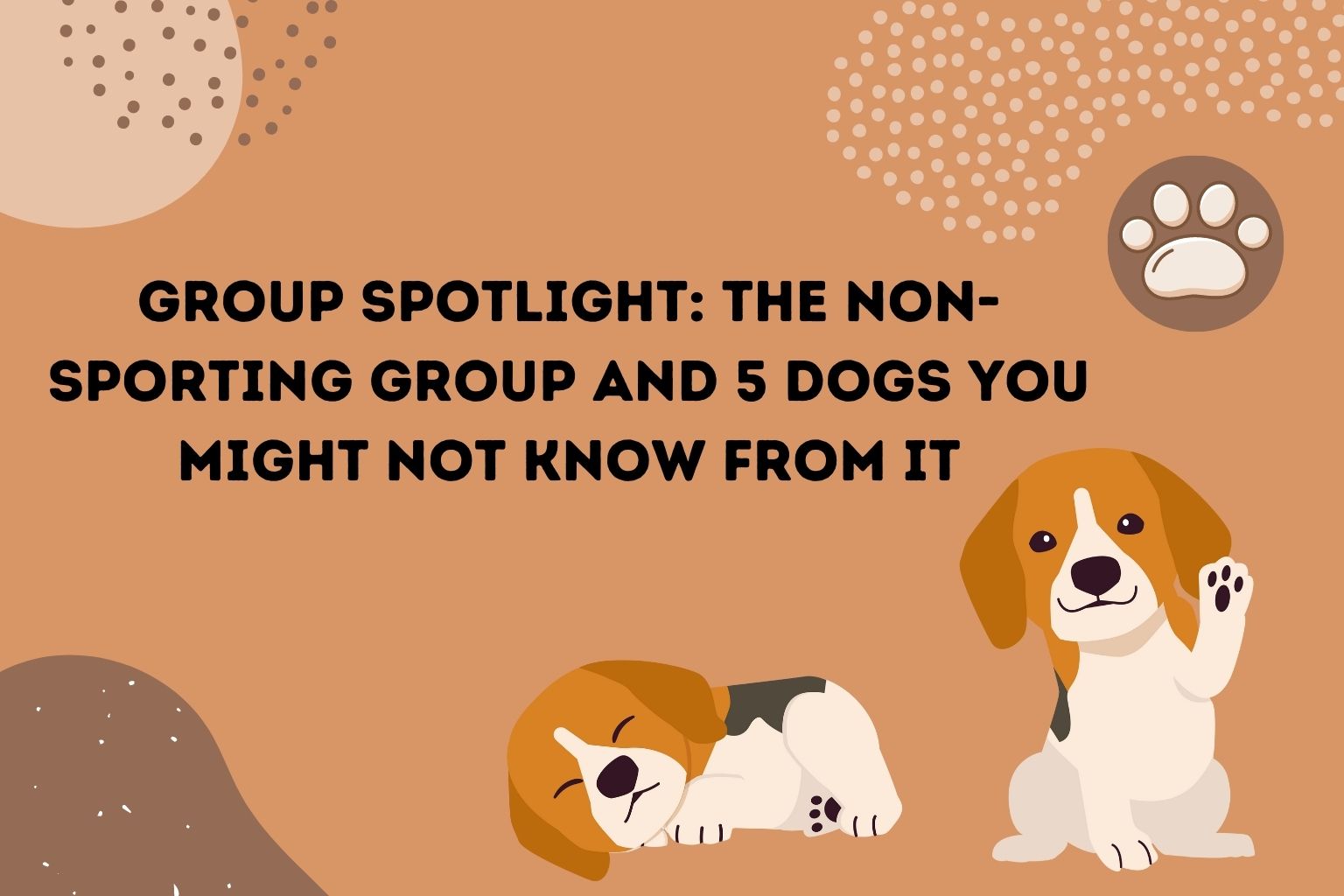“Be a good sport” is a phrase I imagine coming out of the mouths of English schoolboys of the distant past, and when the phrase “non-sporting” is used, I also feel it is a sort of rebuff for someone who’s refusing to be a good sport. As is often the case, though, I’m way of the mark. In this instance, non-sporting is not a term being used to describe someone who won’t play along or get over themselves, but a group of dogs. The AKC defines the Non-Sporting Group as dogs that cannot take a joke or show good behavior when they lose…just kidding, they are breeds with “two things in common: wet noses and four legs.”
And that is NOT a joke. That is what the AKC says about them because the group is a “patchwork of breeds whose job descriptions defy categorization in the six other groups.” So, they don’t herd, do well exclusively as lap dogs, act in the ways of terriers, work as hounds, and so on.
The AKC goes on to say that the Non-Sporting breeds will come in “varying sizes, coats, personalities and overall appearance.” They will also come from wide-ranging backgrounds. After all, this is the group that includes poodles and bulldogs, Dalmatians and Tibetan spaniels…so, don’t expect the same uniformity or general characteristics from dog to dog.
Also, in other articles about specific groups, I’ve taken some time to go over what sort of traits or quirks you’ll want to keep in mind when selecting any breed from that group. For example, the Terrier Group is populated by relatively small dogs that have an irresistible urge to “go to ground” and chase (as well as kill) vermin whenever and wherever they spot it. They are high energy fellows, and that means a household considering a terrier (or a dog in that group) needs to be aware of those basic traits.
With the Non-Sporting Group, though, you will have a mixed bag of personalities. What the AKC does say of them in a more general way is that all of them are good house pets and most make great watchdogs.
The History of the Group
Interestingly, the Non-Sporting Group designation is one of the first that the AKC created. In its earliest years, it saw dogs in two ways – Sporting and Non-Sporting. Soon after, the Hounds and Terriers emerged and separated from the Sporting category while Working and Toy Groups left the Non-Sporting label behind. Today, all that remains of the Non-Sporting Group are dogs that have such varied traits that they just cannot fit easily or logically into any other group.
Some will be sweet-natured and fun, i.e. the Boston Terriers (yes, Terriers), but others will be extremely strong and even stubborn, i.e. the gorgeous Chows.
Does this make them less desirable? Not at all, in fact if you look back through the history of the Non-Sporting Group, you see some impressive figures and facts:
- There have been 10 Best in Show Winners from the group
- The Standard Poodle has 30 Group Competition wins
- Several of the breeds in the group were bred strictly as companions but are so clever that they are noted as top-performing watchdogs, including the wildly popular French Bulldog
- There are three Tibetan breeds in the group – the Tibetan Spaniel, Tibetan Terrier and Lhasa Apso
- Two of the three poodle varieties are in the group
- Many of the Spitz breeds are in this group such as the now famous Shiba Inu, the Chow Chow, Keeshond and Schipperke
So, if you are a fan of the totally unique and special breeds, take a look at the Non-Sporting Group. However, if you are going to adopt from this pool of very appealing candidates, you will have to take the time to individualized research on the specific breed since there are no common traits or characteristics, health issues or personality types that apply to the group. Wet noses and four legs, as the AKC said, is all that this wonderfully diverse group shares.
Related Content:
Group Spotlight: The Sporting Group and 5 Breeds You Might Not Know
Group Spotlight: The Toy Group and 5 Breeds You Might Not Know About
Group Spotlight: The Hound Group and 5 Unique Breeds Found Within It
The official list of breeds in the Non-Sport Group is:
-
American Eskimo Dog
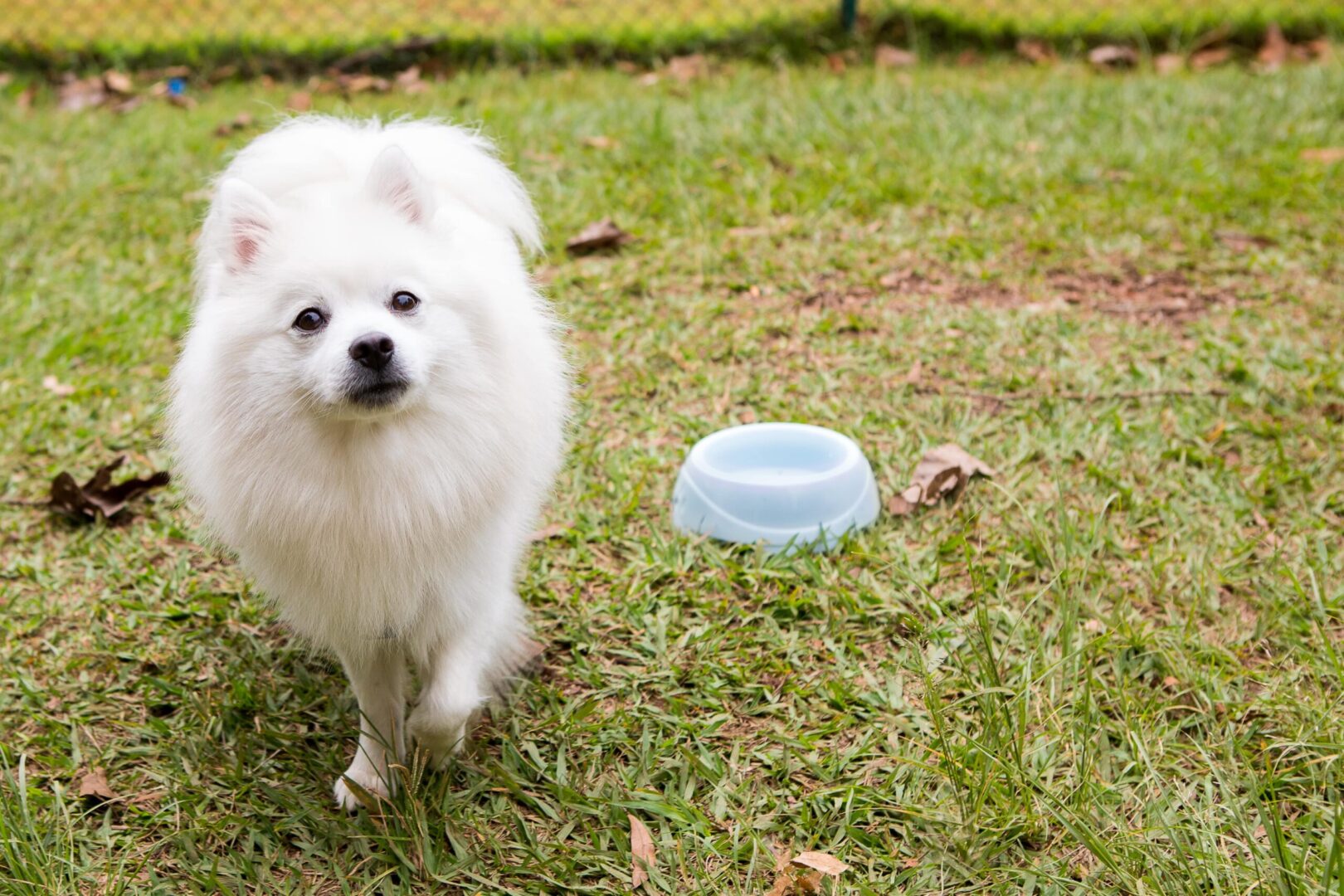
-
Bichon Frisé
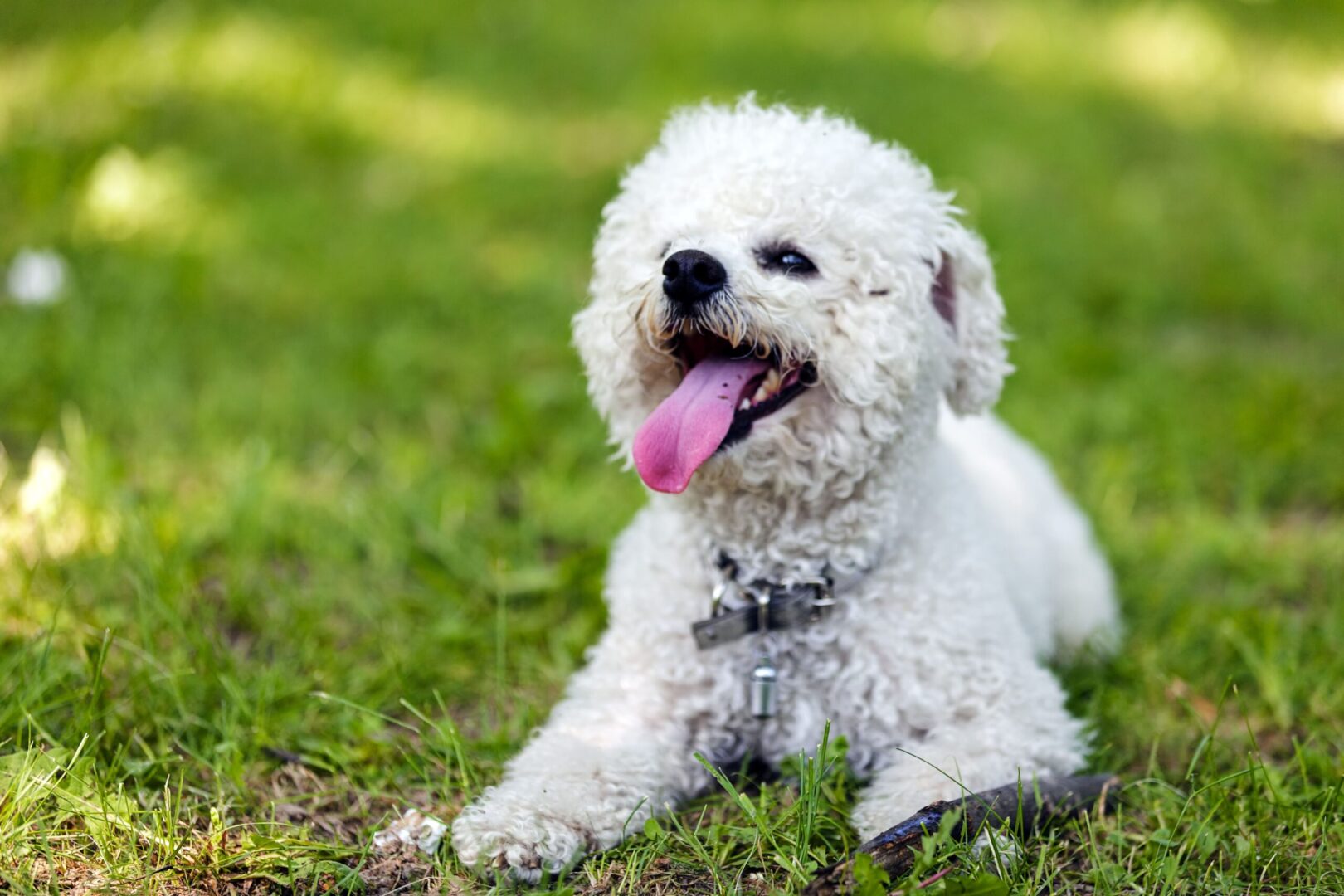
-
Boston Terrier

-
Chinese Shar-Pei

-
Chow Chow
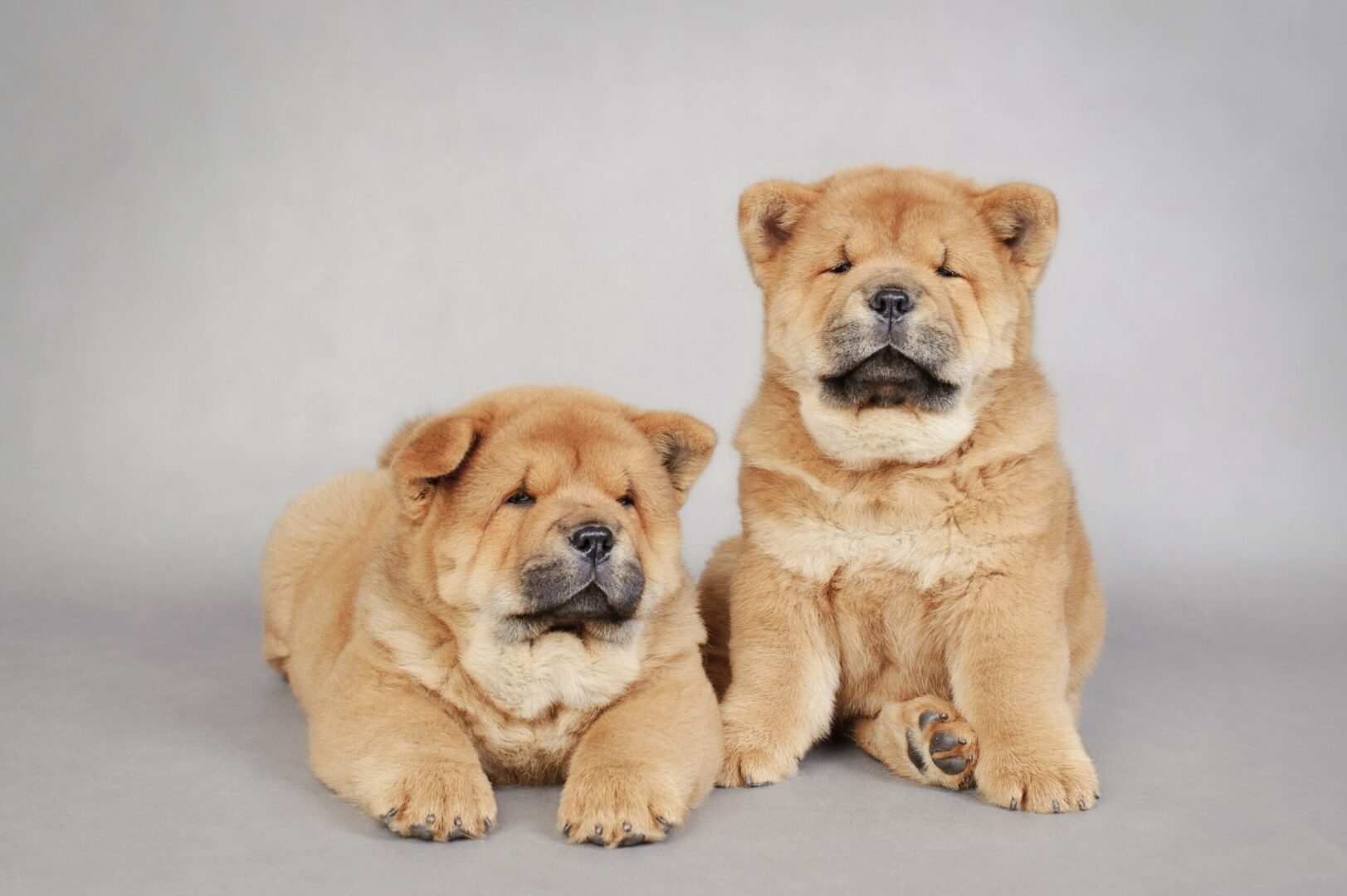
-
Coton de Tulear
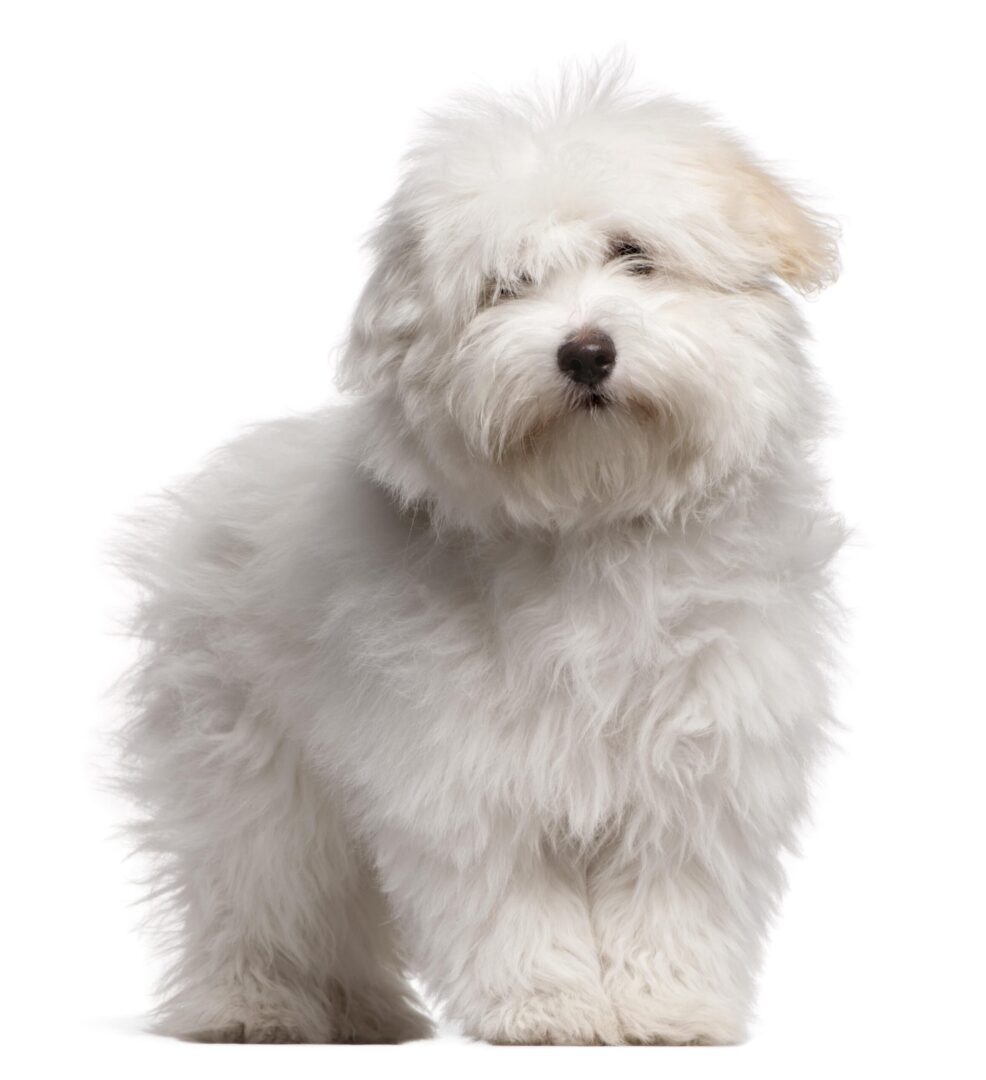
-
Dalmatian

-
English Bulldog
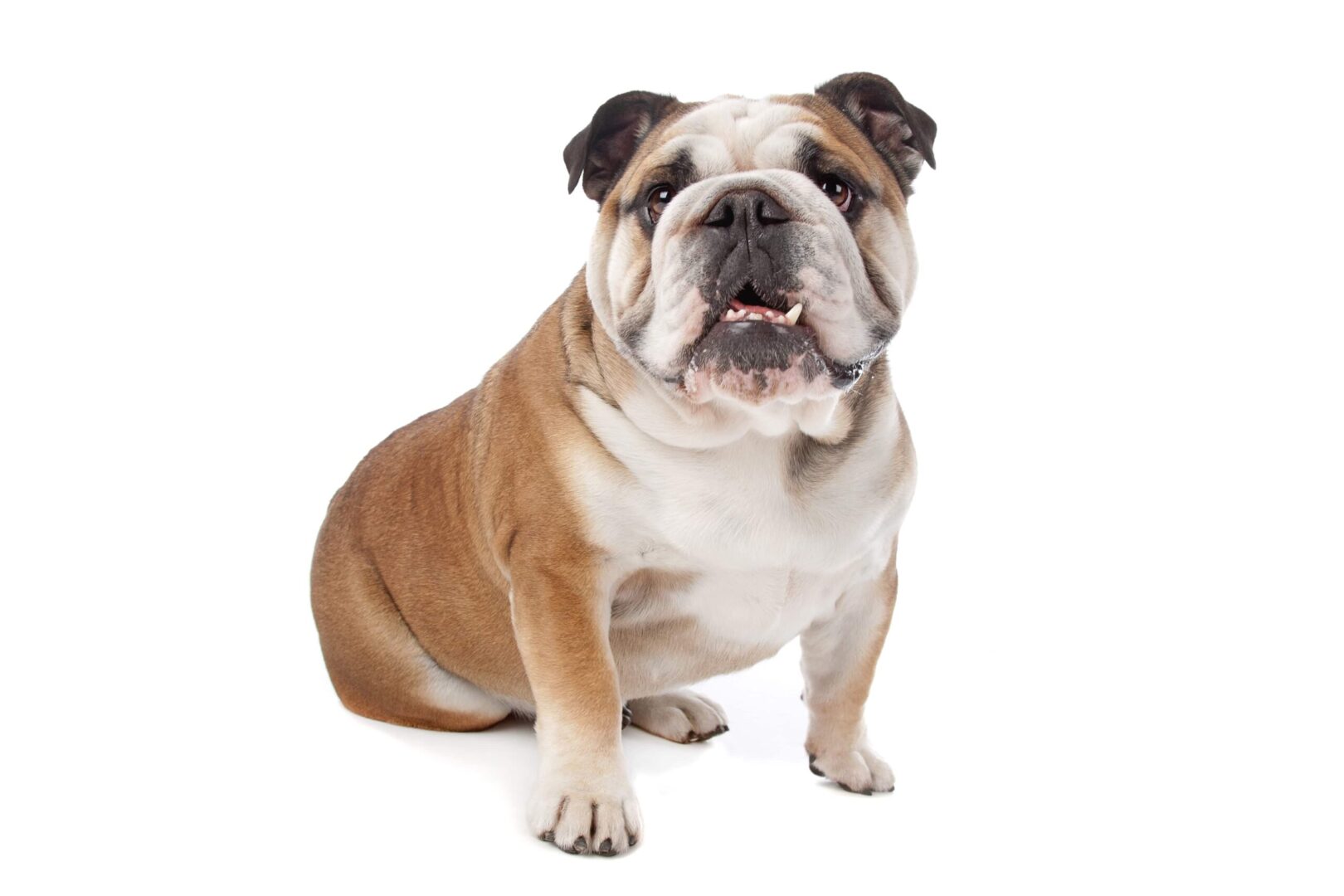
-
Finnish Spitz
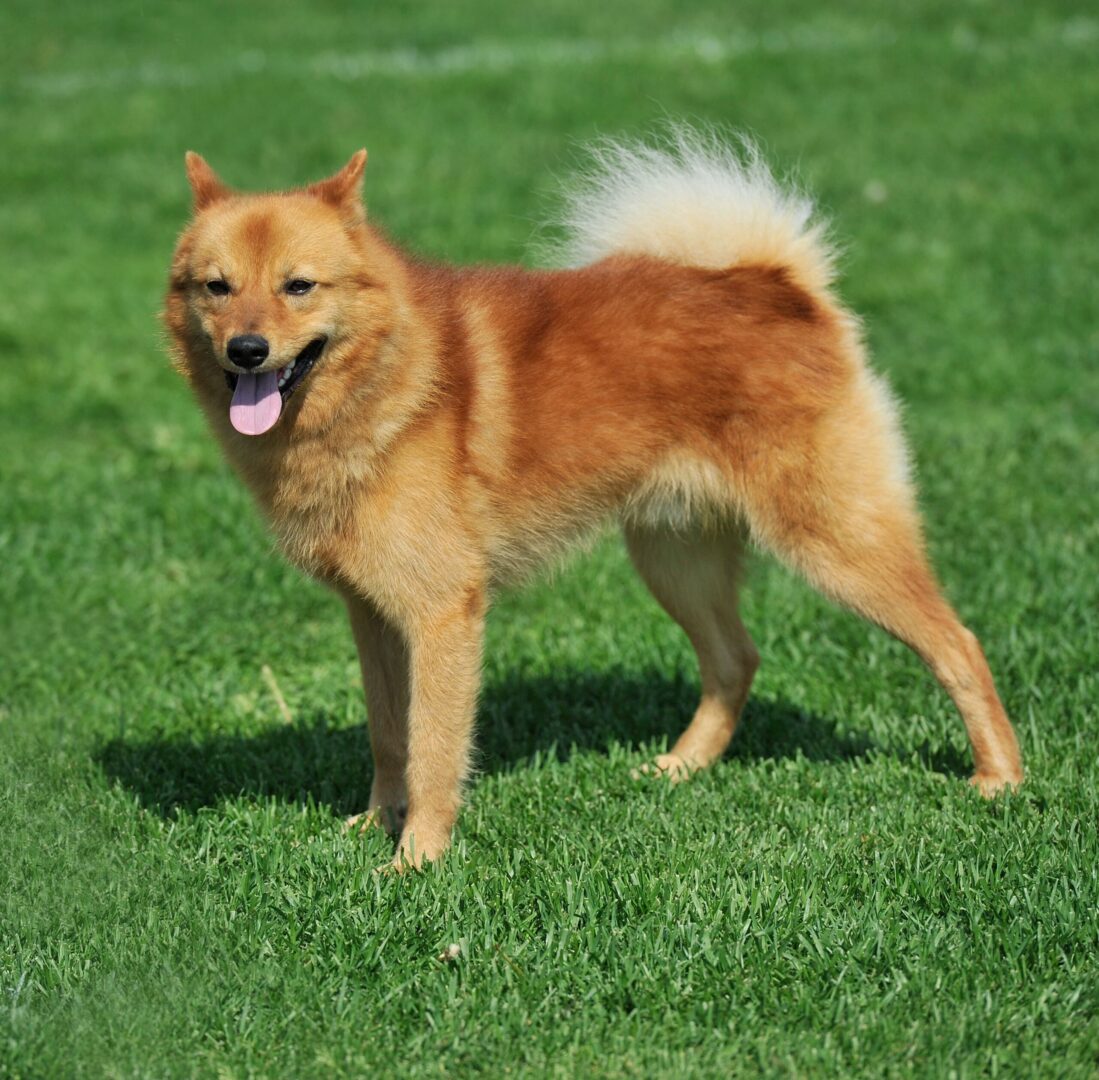
-
French Bulldog

-
Keeshond
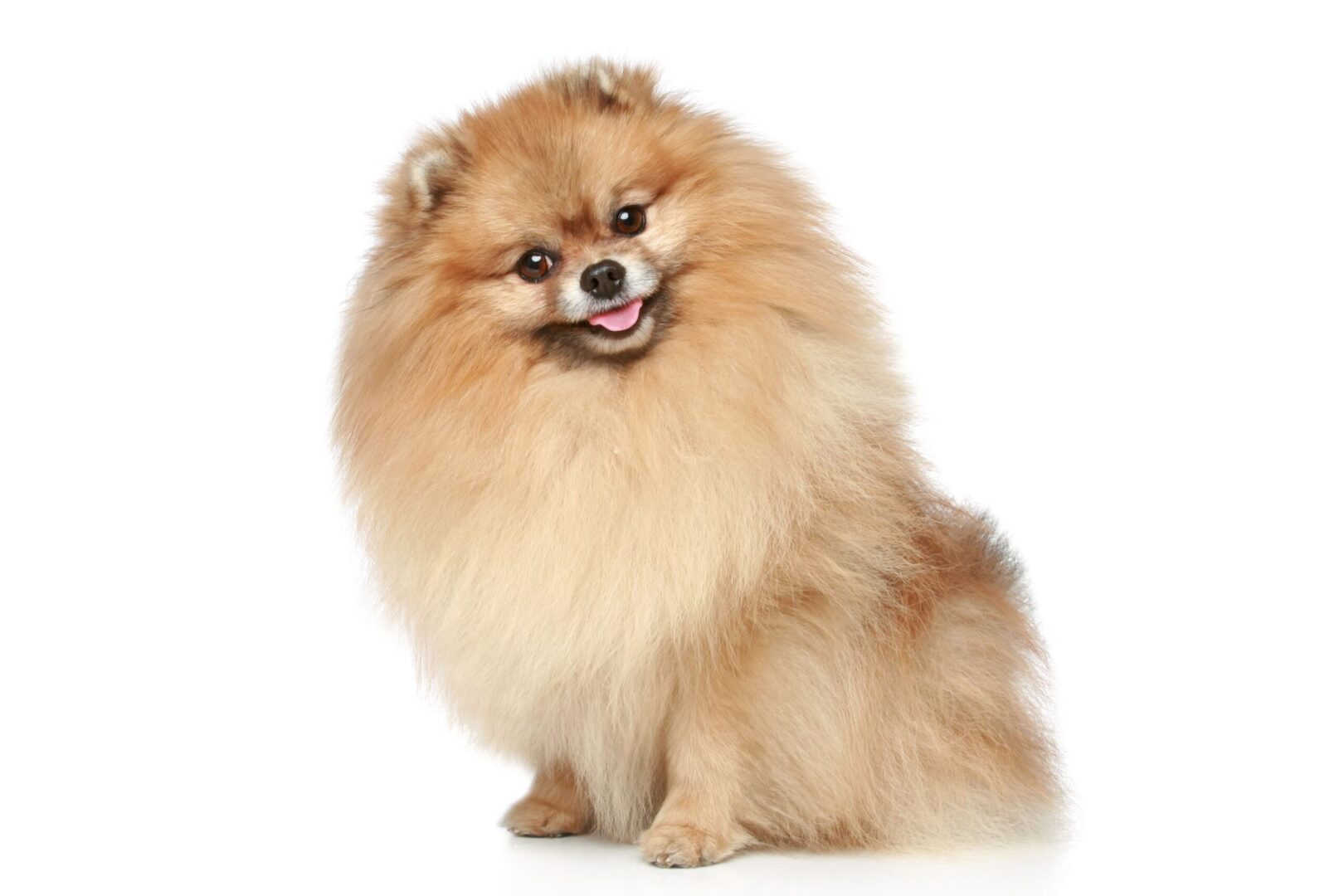
-
Lhasa Apso
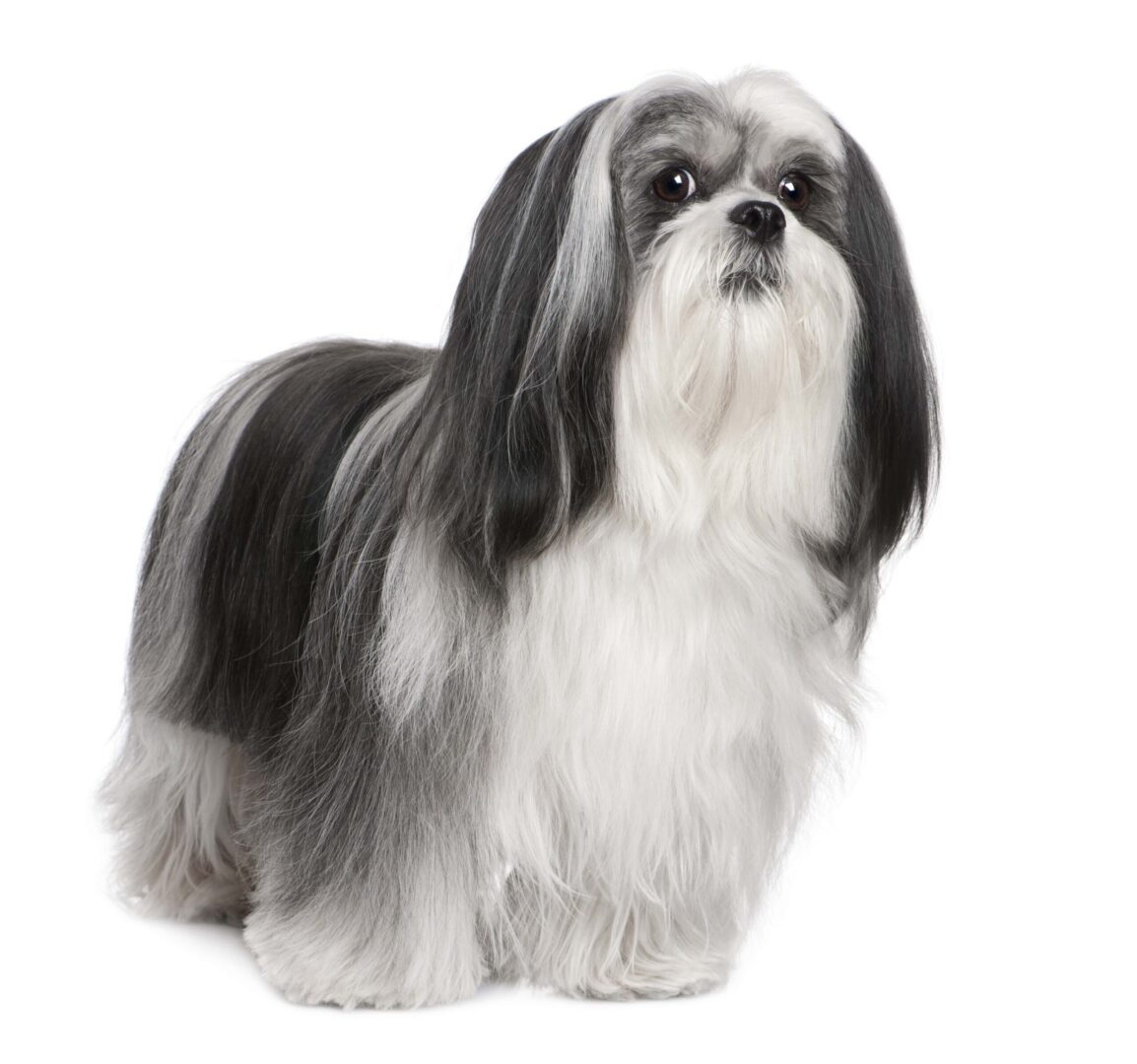
-
Lowchen
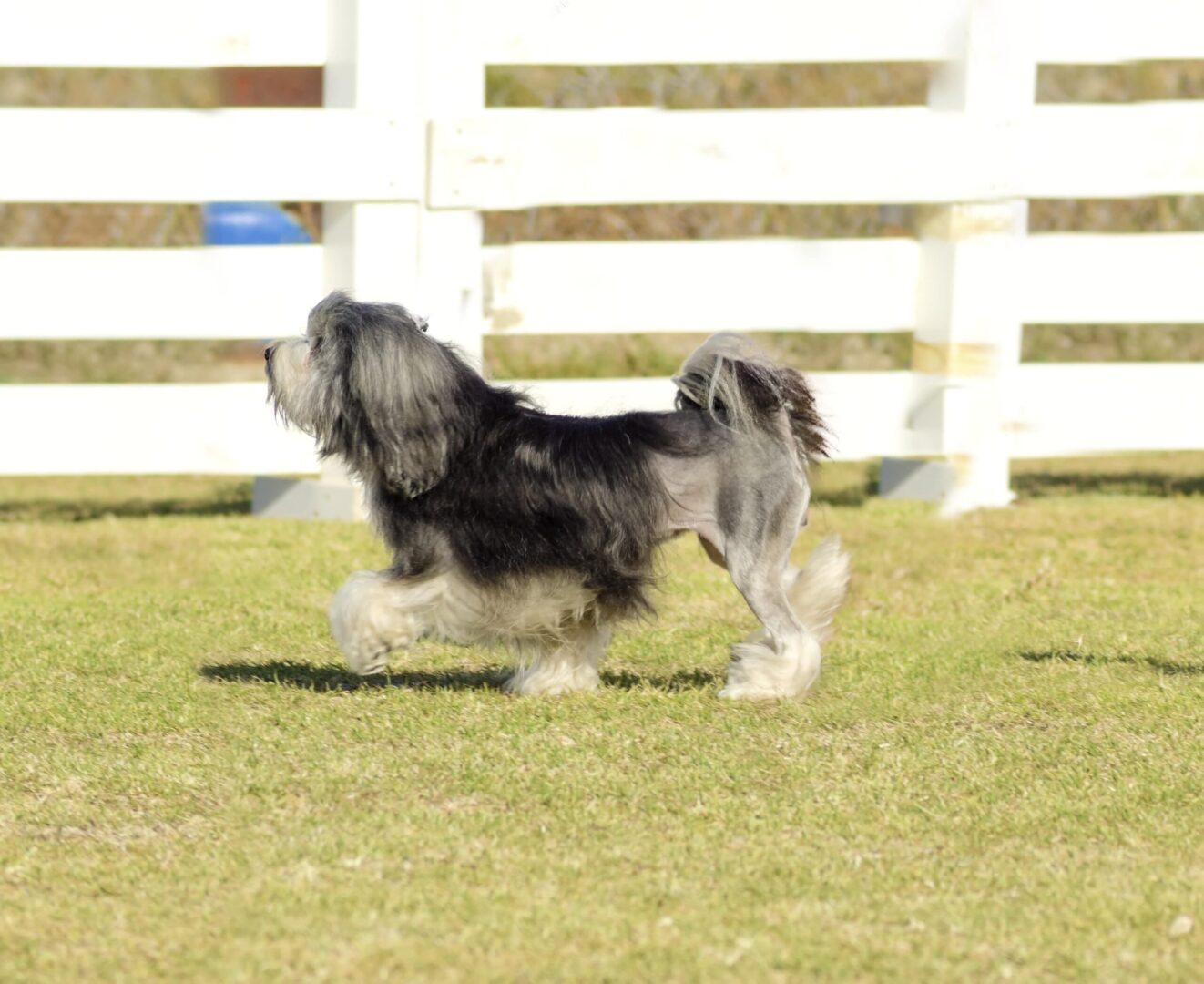
-
Norwegian Lundehund

-
Poodle – Miniature

-
Poodle – Standard
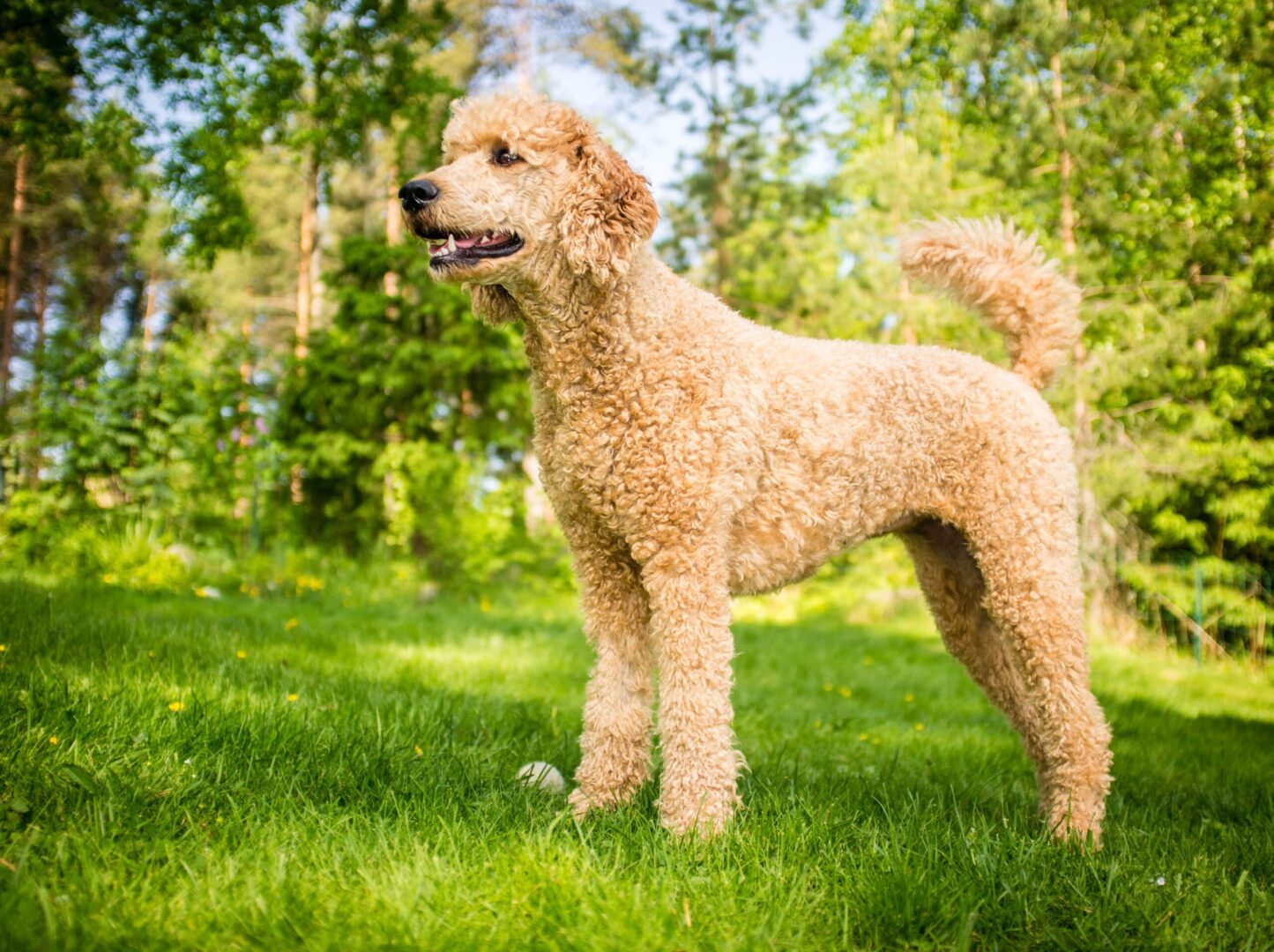
-
Schipperke

-
Shiba Inu

-
Tibetan Spaniel
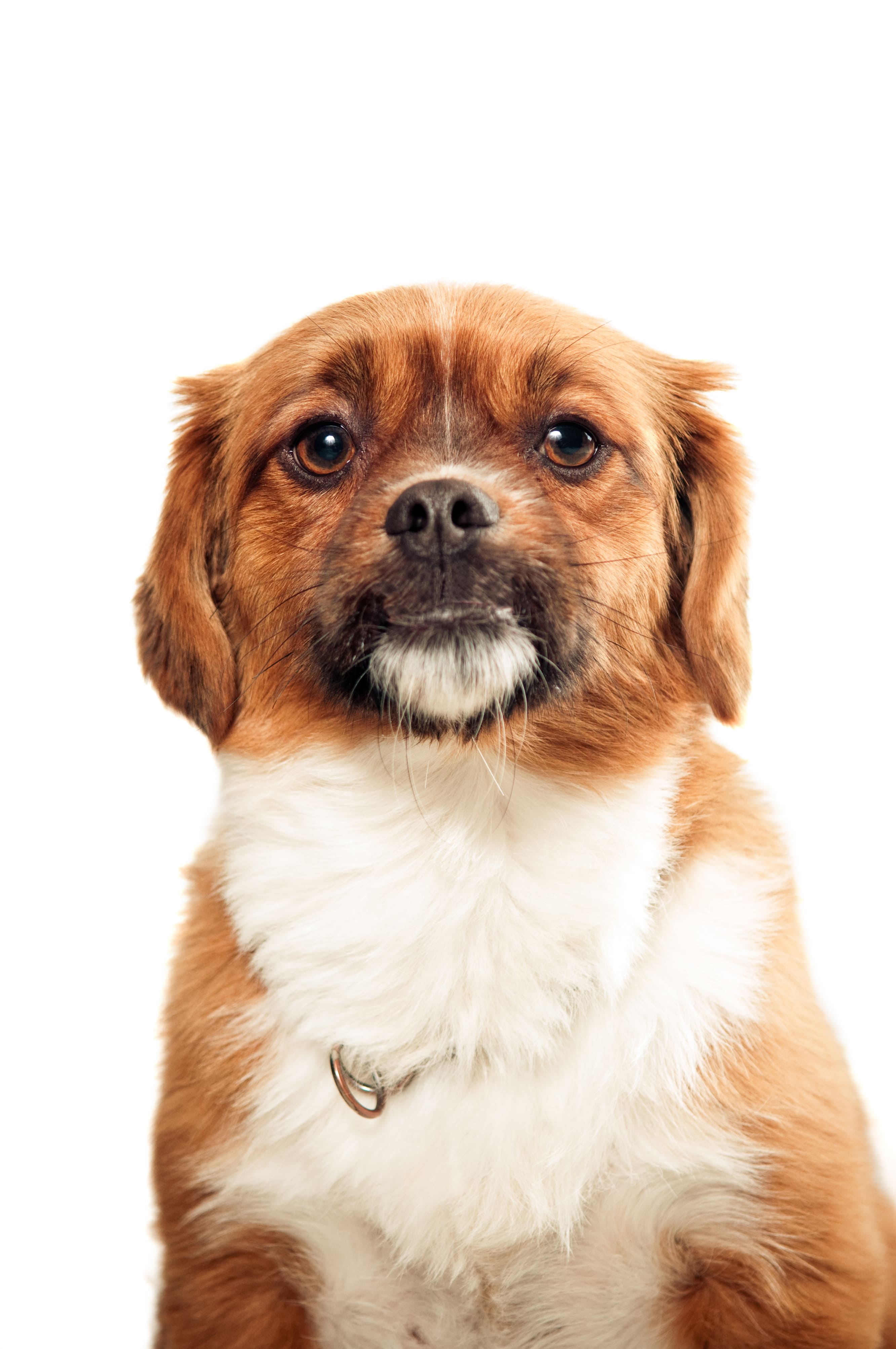
-
Tibetan Terrier

-
Xoloitzcuintli
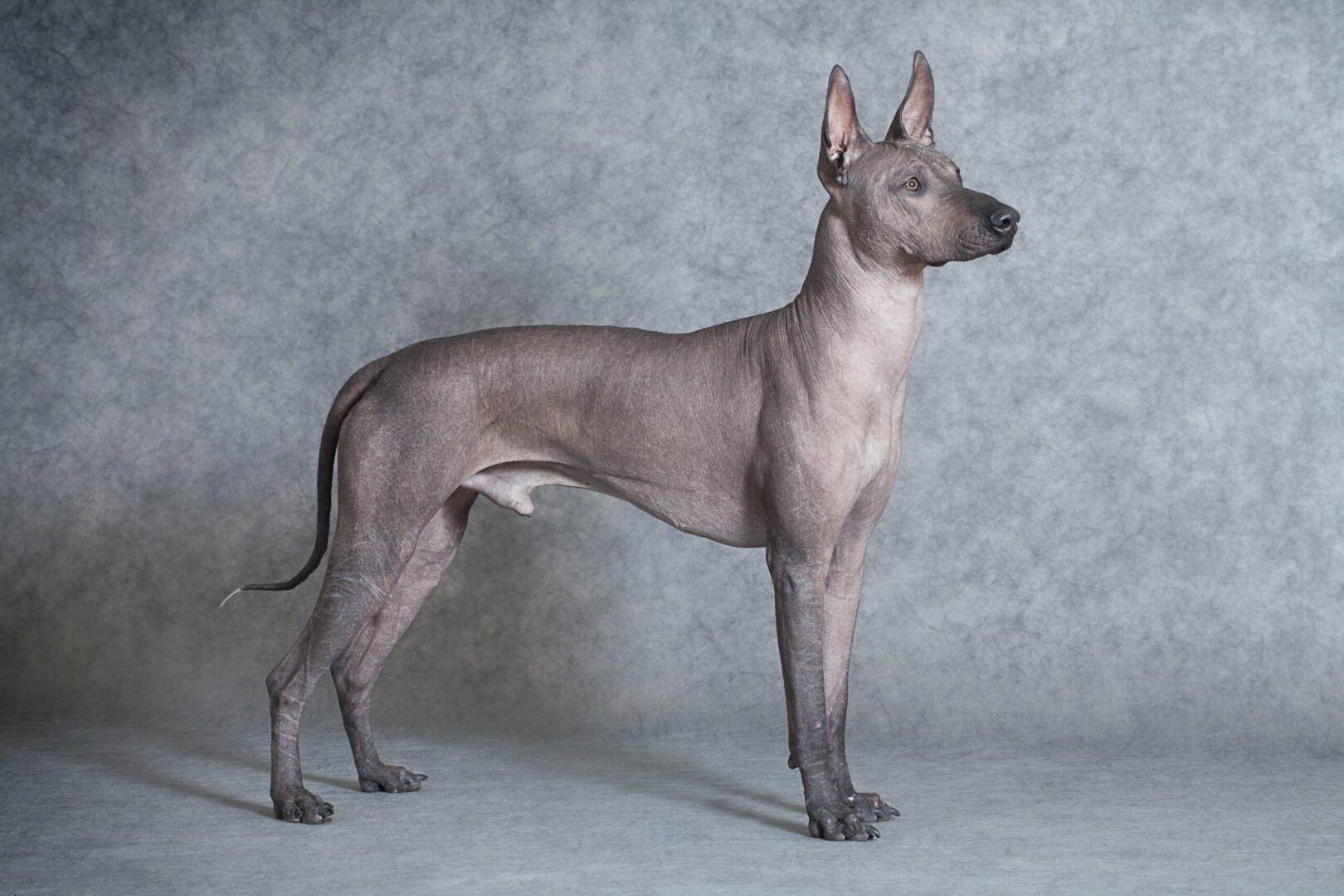
You might be a surprised as I was to see some very familiar breeds in the list, including the poodles (I thought they were hunting dogs!), the bulldogs, the American Eskimo dogs (again, I thought they were working dogs alongside Akitas and Alaskan Malamutes), Dalmatians, Boston Terries and Shar-Peis among them. Then, there are those names entirely unknown and unfamiliar, such as the Coton de Tulear, Lowchen, Norwegian Lundehund, Schipperke, and the impossibly written Xoloitzcuintli.
So, this group is definitely ripe for a deeper examination, at least of these lesser-known breeds. I will admit that I would love to reverse course and focus on some of the most famous here, including the Frenchies and the Shiba Inus, as well as the Tibetan Spaniels, but that is for another day!
The Coton de Tulear
This breed is the Royal Dog of Madagascar and described by the AKC as “charming, bright and happy go lucky.” It is a little guy, standing at only 11 inches at the shoulder and weighing in at 8 to 15 pounds maximum. Fluffy and white, it has a look that told me I should know the breed, or maybe that it is another breed groomed in a different way, yet it is a unique breed all its own.
Though very small, it is known for being “robustly sturdy” and famous for being a rather clownish and cheerful dog that loves people and chooses a specific person upon which to lavish attention and affection. Their name is pronounced Ko-tone Dih TOO-Lay-ARE, but they are usually called simply Coton or Cotons. They get their name from a seaport known as Tulear on the island of Madagascar, where they first emerged as a preferred pet of the island’s nobility as well as their fluffy and cotton-like coats.
The wonderful personalities of the dogs made the island people very protective of this breed and there were laws prohibiting ownership by commoners and prohibitions that blocked dogs from leaving the island. Thus, they bred for centuries in an unpolluted or diluted way. Though they have a most domesticated appearance, legend says that the dogs originally hunted in packs in the wilds before being tamed by native tribal leaders.
How did they get to the island? That too is surrounded in mystery in myth with everything from shipwrecks to individual dogs reaching the island and interbreeding with native dogs. However, a close look at a Coton gives some hints that it might have once been a close relation of the Maltese, or even descended from them. After all, they were frequently traded “luxuries” in the Northern African regions, and some of them reaching Madagascar is also a distinct possibility.
It was not until the 1960s that the breed was transported to Europe where a very selective breeding program began, and the Cotons did not enter the AKC’s roles until 2014! The dog is still an official dog of the island nation and appears on their postage stamps.
The Cotons are quite active and though small will require a moderate level of daily exercise. One or two gentle walks and some time spent in playing a game of chase or ball is all this dog needs for optimal health. However, it is important to keep in mind that they are remarkably clever dogs that can be bored very easily, and particularly if left alone. So, it is both exercise and attention and interaction with owners that is required. They do well when given toys, but don’t expect them to be content with hours of alone time and a few toys, because they will more than likely get a bit destructive.
They take well to training and socialization, especially if you start early. Keep sessions short to prevent boredom and only use positive reinforcement. The Cotons are quite amazing when it comes to dog-sports and are adept in obedience, agility and therapy training. They bond tightly to one person and seem to have a great deal of sympathy and awareness. They clown when appropriate, going so far as to walk on their hind legs to get attention or laughs. They are also noted for odd vocalizations that are humorous and never irritating.
They do bark and are good alert and watch dogs, particularly because they are naturally quite territorial and watchful.
As to grooming, they are a relatively low maintenance breed, though you need to introduce brushing and combing early on. It is advised that you keep them trimmed short if you cannot commit to daily brushing. And because unkempt Cotons go to mats very quickly, you do need to decide how you will groom your puppo. Dog-safe, spray on conditioners can make daily brushing easier and reduce matting, which can allow you to keep that longer, luxurious coat. Their ears need attention, too, so twice weekly cleaning is a must.
In terms of health, these dogs are known for very long lives and almost no genetic issues. The amount of time the breed was isolated on Madagascar and the conscientiousness of modern breeders has kept the dogs free of many issues, but you can do genetic screening for eye and hip issues and be aware that there are some risks of luxating patellas and spinal disc disease. It is recommended that any Coton get a patella, hip and ophthalmologist evaluation along with a cardiac exam.
Sweet, funny, smart and adoring, the Coton is a unique member of the Non-Sporting Group that you might be interested in adopting.
The Löwchen
That word above is German and translates to “Little Lion”, and before you think “Great, a yapping and snapping dog,” think again. The AKC describes this unique breed as “affectionate, outgoing and positive.” If I am honest, I would say they have an “odd” or even “half finished” look. This is because their upper half is robustly and lavishly furry while their lower half is devoid of hair except for tufts over the feet and covering the wispy tail. As I quickly learned, though, this is a form of grooming known as the “Lion Clip” and is something that has been done to this breed from the pre-Renaissance era in Europe!
And the dogs’ reputations as courageous means that they are much more than just a haircut! The history of this companion breed is a bit unclear and the characteristics of the dogs make it difficult to pin down very specific or fixed origins. What is known is that the Löwchen has been popular on the continent of Europe for more than 500 years, where it developed a following for its lively personality, affectionate manner, courageousness, and its non-shedding coat.
Standing just over 12 inches at the shoulder and weighing upwards of 15 pounds, they are not large or imposing dogs. The coat, or more accurately, the lion clipping of the coat does give them an eye-catching and more sturdy appearance. They are strongly built and quite elegant and graceful in motion. They are closely associated with Bichon Frise and Maltese, though they have a more rugged appearance and build than either, and if the coat is left unclipped it can be thicker and curlier. The AKC says unclipped areas are often “long, rather dense and moderately soft in texture. The unique Löwchen coat consists of hairs of varying diameters with a more noticeable collection of denser hair around the neck and withers. The coat may fall to either side but must never be artificially parted. It has a slightly to moderately wavy appearance.”
They are found in an astonishing range of colors that include black, black and silver, black and tan, black brindle, blue, blue brindle, chocolate, cream, fawn, gold, gold brindle, gold sable, red, red brindle, red sable, silver and pure white.
Though you might anticipate that this special trimming means a lot of grooming is required, but that’s not really the case. Instead, the Löwchen benefits from a thorough brushing every few days, a bath every few weeks and regular nail trimmings. Their ears need periodic cleaning, and you may want to turn to a professional groomer whether you opt for that lion haircut or a simpler puppy cut kept even and short.
And now that we know about the lion-esque haircut, what about the personality? Here’s an interesting set of facts about the breed. Because they were companions to nobility, they were alongside people under constant risk of assassination or assault, and this has led to the breed being very quick to react to any sort of alert or threat. Thus, you need to work with them to overcome the tendency to bark at the slightest sound, movement or startle. This is not all that hard to do because this is not a stubborn breed and has a high desire to please. Use positive reinforcement and early training to get optimal results with these fellows.
Because they have a moderate amount of energy, you will want to play with them each day and take them for at least one longer walk. They are very responsive to puzzles and mental challenges, so either invest in toys that ask them to figure it all out or get them into agility training or obedience classes.
And as to healthy, they are generally free of genetic issues, though you may want to get them screened for hip and patella issues, and eye issues (they can develop progressive retinal atrophy and cataracts).
Happy to go wherever you go and do whatever you ask, the Löwchen is an ideal companion or family pet. With longer lives and a positive attitude, they are some of the liveliest and cleverest dogs you’ll meet.
The Norwegian Lundehund
Here’s the thing about the Norwegian Lundehund – it was bred to do something very nasty. What is that? It is the only breed in existence whose purpose is to kill puffins. Fortunately, the birds are protected and the breed is out of a job, and this makes them very popular little companion dogs in many parts of the world.
They have a definite “Spitz” look to them, though you could just as easily mistake them for over sized Chihuahuas because of their distinctive facial features. Yet, once you take a look at their feet, you know right away that this is a very unique sort of dog. All Lundehunds have six functional toes on each foot and extra pads. They are able to fold their necks fully backwards, craning their head all of the way back to the spine. Their ears can also fold closed if required and they can stretch out their front legs to the sides, just as humans can lift their arms out to their sides. They have a double, dense coat and if you look fast, you might think they blended with wolves at some point in their pasts. (Spoiler: They didn’t)
So, what is the deal with these dogs…Puffin hunting, six-toed, double-jointed and all the rest? They were bred for many hundreds of years on the island of Vaeroy off the Norwegian coast. They were basically the islanders’ only resource for an ongoing supply of puffin meat that could help them survive the brutal winters. The dogs can (but no longer do) climb the sea cliffs (usually perpendicular walls) and wedge themselves into the crevices and small caves where the birds were nesting. They would catch them and bring them (usually alive) to the humans waiting below.
They lived in isolation for many centuries and were only welcomed into the AKC back in 1996! And the Norwegian Lundehund is the only dog that features a strange, rotating gate that is often shocking to those unfamiliar with it.
They stand around 15 inches at the shoulder and weigh up to 30 pounds. They have very long lifespans of up to 15 years (or more) and are described as alert, loyal and energetic. Because they no longer hunt, the Norwegian Lundehund is a popular companion dog. It is found in a wide array of colors that include black, grey, reddish brown, white and yellow. It can feature black markings or tips, grey markings or white markings.
As you might guess, it is a low-maintenance dog with a harsher outer coat and a dense but soft undercoat. They need weekly brushing to look their best and control shedding. They are not smelly dogs that require a lot of bathing, but their ears do need attention and cleaning. They have faster growing nails, and because they no longer use them to climb, you’ll need to acclimate a pup to regular trimmings.
This is a high energy breed and needs to be exercised daily for at least half of an hour’s time. This is not a breed that happily exercises itself and prefers to interact with its owners. In fact, it is a much happier dog when it gets playtime and training time with its humans. It is interesting to read that the breed is considered sensitive and “can develop trust issues” should any sort of negative or harsh training be used. Socialization at a young age is also important if a dog is to become a good companion. The AKC says that the Norwegian Lundehund is “clever, affectionate, and fun-loving, and they are very smart and are problem-solvers of the first order.” So, it is your responsibility to give them those challenges and the companionship they crave.
They have long lives and good health. They can have patella luxation and should be evaluated for it, they can also suffer some eye issues and an ophthalmologist evaluation is a good idea.
Unique in every way imaginable, the Norwegian Lundehund is a great companion dog with a fascinating back story. If you want a smaller, active and super smart friend, this may be a good choice from the Non-Sporting Group.
The Schipperke
I love fruit bats. You know those great big bats with huge, leathery wings and faces unlike that of a bat and much more like a fox? I adore those bats! And if you are wondering if I am going somewhere with this, I am. I took one look at the sweet-faced little dogs known as the Schipperke and immediately thought of those bats.
Large, soulful eyes of a rich brown, a coal-black coat and elegant little snout, plus two pointed and highly placed ears give them a look reminiscent of the bat, but also of a fox. The AKC says they are “confident, alert and curious” and that they can be both intense and mischievous. Small in size, coming in at 13 inches at the shoulder and a weight of 16 pounds, they are robust dogs that were actually bred to work.
Originating in medieval Belgium the “SHEEP-er-ker”, also called SKIP-er-kee, were bred to work aboard Belgian barges where they destroyed vermin that came on board. Native to Belgium’s Low Countries, they also worked in dock yards and shops throughout urban areas, and their popularity among their owners earned them their name – the Schipperke, which translates from the Flemish to “little captain”.
They have extremely strong and durable bodies for such diminutive creatures and are often described as cat-like and stealthy in their hunting skills. They sport a puffy black coat from the neck downward and this gives them a more substantial appearance than they actually own.
As you might imagine, they are known to be little busy bodies and super active. They require at least one very vigorous walk each day as well as some alternative exercise. Chasing a ball or doing some training will help to satisfy their need for exercise, but it must always be remembered that these guys love to play more than anything.
They are very alert creatures, too, and so you need to work with them on barking and alerting. Early obedience training is a great idea because they are great wanderers and explorers. They had to be in their role of onboard exterminators, so you need to work with them to help overcome their independent streak and desire to snoop and seek out any would-be invaders.
Surprisingly enough, they respond very well to training in dog sports, with agility and obedience ranking highly, but these adorable, foxy faced dogs are also excellent herders. Naturally, these tendencies may not make them a good fit for a home with small pets like gerbils, ferrets or even nervous cats.
Grooming the Schipperke is easy as they only need a single weekly brush and will experience a blow out twice a year. This is when daily brushing is required, but apart from that, you won’t usually have to worry much about their coats, shedding or accumulating dirt.
As to health, the Schipperke do have several issues of concern. You will want to get them a patella evaluation, and they can develop eye issues so an ophthalmologist evaluation is also essential. They are known to have Legg-Calve-Perthes disease and thyroid issues, too. The AKC warns that breeders should “also test for MPS IIIB, a newly recognized and fatal disease that usually shows up by 2-4 years of age as balance problems and avoid producing the disease by identifying carriers and breeding them appropriately.” So, be sure to ask a breeder about this before you go ahead and adopt. All in all, the Schipperke is typically health and long-lived, so you can count on a funny face to keep you entertained and safe from vermin for many years to come.
The Xoloitzcuintli
First things first, it is said “show-low-eats-queent-lee. This is an Aztec word dating back over three thousand years. Does the breed date back that far? It is believed to be an ancient Aztec dog that has made it all of the way into the modern era. Described by the AKC as “loyal, alert and calm” it appears in three different sizes and can be found with or without hair.
One look at this breed, and you know instantly that something is up with the dog. It has an otherworldly appearance and whether you opt for a hairless dog with its smooth but tough skin or the coated Xoloitzcuintli with a flat and short coat, it will be eye catching.
The “Xolo” is elegance defined with a whip-like tail, muscled body, long and lithe neck and a beautifully drawn face that is capped with alert eyes and lifted ears. You’ll swear you’ve seen this breed in ancient paintings or art, and you won’t be far from the mark.
The Xoloitzcuintli is recognized as a national treasure of Mexico and the breed’s origins can be traced thousands of years into the past. Columbus mentions the hairless version of the Xoloitzcuintli, and its unusual name comes from the Ancient Aztec word for the dog-headed god known as Xolotl.
Historically, the breed was sacred and (as in Ancient Egypt with its sacred cats), many were sacrificed to be buried alongside owners in order to ensure safe and protect passage into the next world. Today, fortunately, they are seen as fantastic companions, but will also do great service as guard or watch dogs. They are also called “Mexican Hairless Dogs” by those unfamiliar with the breed’s official name, and you may hear an alternative name used – Tepezcuintli. No matter what, though, it is always the Xoloitzcuintli being described.
It is thought to be the first dog in the Americas, and its origins are a mystery that will probably remain unraveled over time. In fact, the breed standard for the AKC reflects this because it is described as a “natural” breed that has not been molded over selective breeding. Instead, it is an animal shaped purely by evolution.
As noted, the dogs can be found in toy sizes that stand no more than 14 inches at the shoulder, as miniature dogs that stand no taller than 18 inches at the shoulder and a standard dog that can reach as much as 23 inches at the shoulder. They can weigh from 10 (toys) to 55 (standards) pounds and be hairless or coated. They are found in an array of colors including black, brindle, bronze, deep brown, fawn, gray, liver, palomino, red, or white. Markings and crests can include black, spotted, tan or white markings.
Grooming, as you might imagine, is incredibly easy. The coated dogs need infrequent brushing and minimal grooming. Some younger dogs develop an acne-like condition that requires medical care. A bath every month can keep their coats clean, and most will need nail trimmings on a regular basis. When you own a hairless version of the Xoloitzcuintli, you must remember to apply dog-safe sunscreen whenever your puppo heads outdoors.
This is a moderately active breed and must be taken on longer walks or be given an opportunity to play for at least 30 minutes per day. Their temperaments are not all that playful and they are often described as tranquil or even aloof, though quite attentive. Young dogs enjoy lots of playtime and will require early training to help with any stubbornness or aloofness that could lead to confusion.
As the AKC warns: “Xolos need a consistent training regimen and clearly defined boundaries. Early socialization and puppy training classes are vital and help to ensure that the dog grows into a well-adjusted, well-mannered companion.” Though the Non-Sporting Group dogs are not categorized, it is noted that most are both companionable and good as watchdogs. The Xolo is above all a watchdog and will take this responsibility to heart. And if you hesitate to consider one because they are small and have the looks of a traditionally yappy dog, think again. These are dogs that think before speaking and only bark when they believe it is a necessary step.
Though they are often called serious or aloof, they do bond closely with their human owners and are generally very affectionate as pets. Because they are hairless, they are also hypoallergenic, making them a good choice for the family that has been unable to own pets because of dander or allergens. NOTE: We’ve looked at the issue of allergens, and while a 100% allergen-free dog is a thing of myth, when they have no hair or a thin coat like the Xolos, you can be fairly sure you get a low shed or no shed pet.
The breed has an incredibly long life span with averages of around 18 years quite common. They are generally very healthy, but you do want to get them evaluated for hip issues, patella issues, and cardiac exams. They can have eye disorders, too, so an ophthalmologist evaluation is a wise idea. Small dogs typically face dental issues, so you will want to give a toy or miniature Xolo’s teeth attention.
Don’t let preconceived ideas of hairless dogs deter you from a serious consideration of the Xolo. These dogs are incredibly attractive, mellow and intelligent. As one of the world’s oldest natural breeds, and one of the few in existence, they are a fascinating addition to your home. However, with their loving and vigilant natures, they are also a great friend to bring into your home and your life.
BONUS: The Tibetan Spaniel
Before I sign off on the Non-Sporting Group, I wanted to take a quick look at the Tibetan Spaniel. Why? Because my mother was given a dog by someone who no longer wanted it, and they insisted it was an oversized Pekingese. It wasn’t, it was a Tibetan Spaniel and he was utterly amazing. Historically, they were bred to patrol the outer walls of Tibetan monasteries. They have a distinctive “lion’s mane” of fur that forms naturally around the necks, and they are noted for the intensity of the bonds they form with their people.
Our little Tibbie certainly would have taken a bullet for anyone in the household, and particularly the littlest kids, with which he was obsessed.
These are little dogs that stand at around 10 inches at the shoulder and weigh in at no more than 15 pounds. They are fast movers and sport beautiful and silky coats along with a plumed tail. However, their heads sit high and sport a remarkably intelligent and focused face. They are found in almost any color you can imagine.
They were once sent from Tibet to palaces in China and other locations as gifts. This led to them being bred and modified, but by the 1100s, they were just as they are today and appeared in carvings and art. And if you think a small and impossibly cute companion dog cannot be useful as a guardian, think again. They are excellent alert dogs and guard dogs and take well to all forms of training. They do well with rally, scent work, agility and obedience training. However, early training is essential as these little guys can be single-minded and a bit stubborn.
Living for very long periods, expect at least 15 years of fun and friendship from your Tibbie, and anticipate good health for most of those years as they face few genetic issues apart from eye issues and a risk of patella luxation.
Choosing a Non-Sporting Group Dog
Now that you’ve met some rarities of the Non-Sporting Group, you can see how diverse they are. While we’ve seen six breeds that can each work as guard or watch dogs as well as ideal companions, this is not enough to say they are all alike. The thing to know is that the Non-Sporting Group is full of surprises and full of dogs that would make ideal additions to your home, just take the time to get to know the breeds a bit and you’ll find the perfect friend to bring home and enjoy for years to come.
Related Content:
Group Spotlight: The Sporting Group and 5 Breeds You Might Not Know
Group Spotlight: The Toy Group and 5 Breeds You Might Not Know About
Group Spotlight: The Hound Group and 5 Unique Breeds Found Within It
Source
https://www.akc.org/expert-advice/lifestyle/what-are-breed-groups/
https://www.akc.org/dog-breeds/non-sporting/page/2/
https://www.proplan.com/dogs/dog-care/meet-the-akc-non-sporting-group
https://www.akc.org/dog-breeds/coton-de-tulear/
https://www.akc.org/dog-breeds/lowchen/

